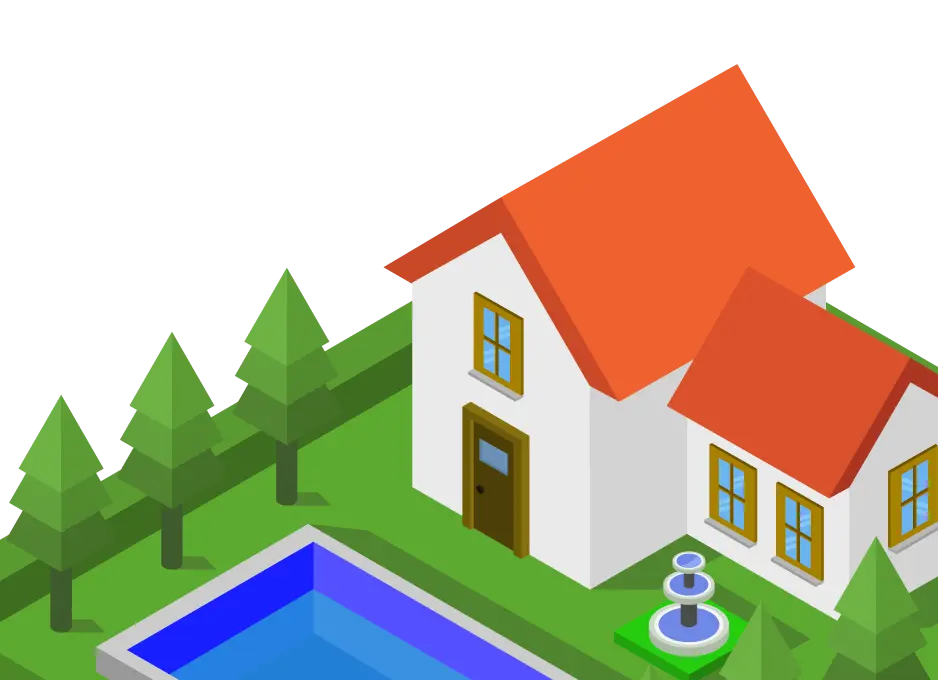Pest Profile: Eastern vs Formosan Subterranean Termite

Living in the South, getting a termite infestation is not a matter of ‘if’ but a matter of ‘when’. Although getting termites in your home is never a good thing, depending on the type of termite it may go from bad to worse. Our native subterranean termites are known as Eastern Subterranean Termites (Reticulitermes). Like all termites, these insects eat and digest cellulose, which unfortunately is what the wood in our homes is made from. Although they are a huge pest problem for humans, they have a very important role in nature. Imagine if every time a tree fell in the forest, it stayed there forever. Thanks to termites, the wood from those fallen trees get broken down, recycled, and put back into the environment instead of just piling up.
Subterranean Saboteurs
There are several species of our native Reticulitermes termites. They all look almost identical and their behavior, for the most part, is the same too. They form colonies ranging from 20,000 to 500,000. These colonies can cover areas of several thousand square meters in extreme cases. Although this sounds like a huge population of termites, you will never see them unless you go looking for them. As their name suggests, these termites are subterranean. This means they live, forage, and eat entirely below ground. They construct a large underground network of tunnels to move around the colony, probing the surface for any wood to infest. Even when they attack homes, subterranean termites build mud or ‘shelter’ tubes. These are constructed out of dirt and saliva, and function to keep the termites protected from the outside world, even when feeding above ground.
Although the native termites sound bad enough, unfortunately, they are the lesser of two evils. The Formosan subterranean termites (Coptotermes formosanus) is an invasive termite species in the southern United States. This termite gets its name from its native habitat of Formosa, now known as Taiwan. First detected in the South in 1960, this termite has spread throughout the world, even reaching as far as South Africa. Mature Formosan termite colonies number in the millions and can release up to 70,000 swarmers (the winged form of termites) alone. Additionally, each individual termite in a Formosan colony will actually consume wood at a higher rate than a native termite. Compounding this with their incredibly large colony size, the Formosan termites are experts at quickly shredding wood. This means that the time it takes for significant structural damage to occur to your home is greatly reduced if Formosan termites have infested. To top it all off, Formosan termites have developed behavior which can allow them to survive contemporary liquid termite treatments. Although they are subterranean termites, meaning they spend their whole lives underground, Formosan termites have been known to build above ground nests if the colony is stressed or ground is unsuitable. They will move the colony up into trees or even homes and construct a nest out of mud, allowing them to actually live inside your home as they eat it!
If you find evidence of termite infestation on your home, regardless of the species infesting you, quick action should be taken to avoid structural damage. Now, however, you don’t just need to ask yourself ‘if’ or ‘when’ termites will infest your home, you should also ask ‘what’ is infesting. If it’s the Formosan termite, acting quickly and contacting a professional termite service, such as Cook’s Pest Control, is your best course of action.
